The Vesuvius Challenge
Picture that the sheer essence of Roman and Greek brilliance, encapsulated in philosophy, science, literature, mathematics, poetry, and politics, lies dormant within lumps of ash—a silent testimony to the bygone epochs of human thought and ingenuity.
Sealed within this silent vault are the remnants of ancient philosophy, the muted echoes of groundbreaking science verses that once stirred the human soul and the political blueprints that carved empires into existence. Time has frozen these treasures, leaving them just beyond our grasp.

Yet, standing at the ridge of discovery, we find ourselves armed with the key to unlock these secrets. The key is nothing but…Artificial Intelligence(AI)?
Yes, you heard it right!
This is no science fiction; this is reality—the Vesuvius Challenge.
What is the Vesuvius Challenge?
The Vesuvius Challenge is all about uniquely making history—by reading a never-before-opened Herculaneum scroll. It’s a contest that relies on the magic of machine learning and computer vision, where people worldwide can join in.
The goal?
To use the power of technology to interpret the ancient Herculaneum Papyri, a task that has puzzled historians for centuries. It’s a global quest to unveil the secrets of the past, blending the wisdom hidden in ancient scrolls with the intelligence of modern computers.
The Enriching History of Vesuvius Challenge
The tale of the Vesuvius Challenge is nothing short of captivating.
79 AD: The Buried Wisdom
In 79 AD, Mount Vesuvius erupted, burying an opulent villa in Herculaneum under twenty meters of scorching mud and ash. This villa, once owned by Julius Caesar’s father-in-law, hides an extensive library of papyrus scrolls.
Despite the volcanic heat, these scrolls are carbonised yet miraculously preserved, patiently waiting for centuries as a silent spectator to the passage of time.
1750 AD: Unearthing Treasures
Centuries later, in 1750 AD, an inquisitive farmer digging a well stumbles upon the buried villa. Excavations reveal beautiful statues, frescoes, and hundreds of fragile scrolls.
Temptation looms large to open them, as the potential knowledge they hold could significantly enrich our wisdom of ancient literature.

Unfortunately, early attempts to open the scrolls resulted in destruction, leaving over six hundred unreadable. Many historians suspect thousands more scrolls may remain undiscovered beneath the soil.
2015 AD: Pioneering Breakthroughs
In 2015 AD, Dr. Brent Seales pioneered virtual unwrapping at the University of Kentucky.
Using X-ray tomography and computer vision, they successfully read the En-Gedi scroll from the Dead Sea region of Israel without physically opening it.
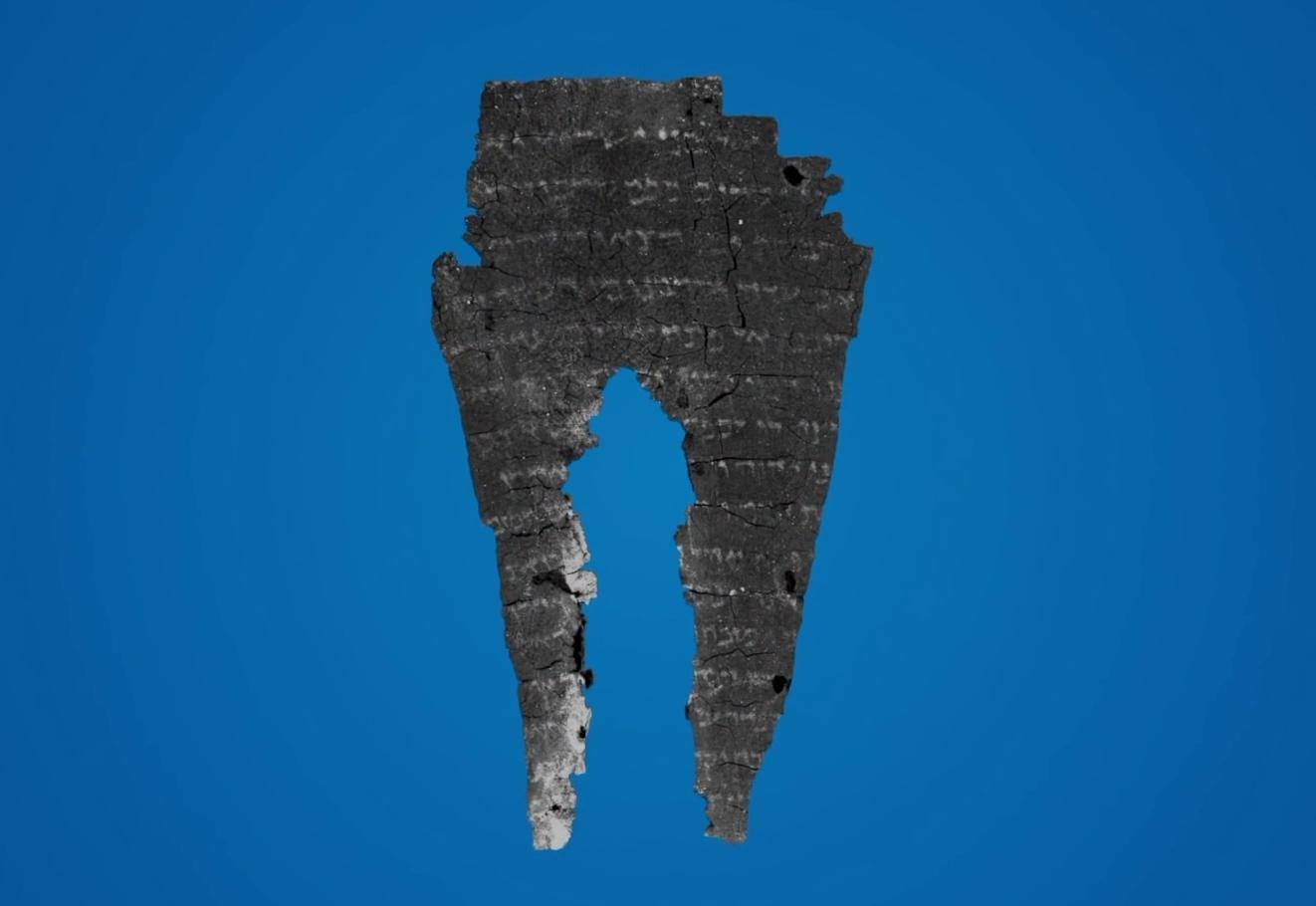
This groundbreaking achievement showcases the potential to unroll digitally and decipher carbonised scrolls.
2019 AD: The Particle Accelerator Experiment
In 2019, Dr. Seales and his team embarked on a new journey to apply virtual unwrapping to the challenging Herculaneum Papyri.
Armed with an unexplored idea, they utilised a particle accelerator to scan two complete scrolls and fragments at the highest X-ray resolution.
The goal is to leverage machine learning models to detect otherwise invisible ink from X-rays, overcoming the challenge posed by the carbon-based ink on carbon-based papyrus.
Present
In early 2023, Dr. Seales’s lab achieved a breakthrough. Their machine-learning model successfully recognised ink from the 2019 X-ray scans, unveiling characters hidden in layers of papyrus.
After 275 years, the ancient puzzle of the Herculaneum Papyri is no longer a historical mystery but a mere software problem waiting to be solved. The below graph is the progress of mapping the scrolls, in area (cm²).
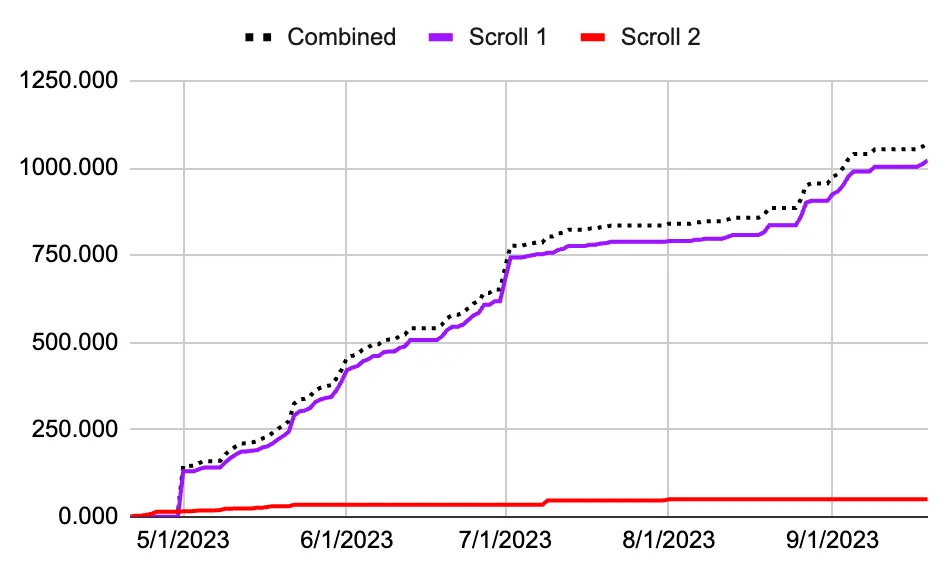
Now, the world is invited to decipher this once-lost wisdom. With this collaboration, anyone can contribute to solving an age-old mystery.
From Dormant Ash to Digital Dawn
The Vesuvius Challenge has now taken an unexpected turn with a breakthrough discovery.
A 21-year-old computer science student, Luke Farritor, engraved his name in history as the first person in two thousand years to unveil a complete word from an unopened Herculaneum scroll. This outstanding feat rewrote the narrative of ancient mysteries.
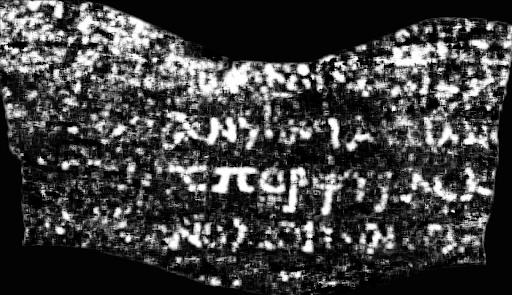
A University of Nebraska-Lincoln student, Luke utilised a clever algorithm that discerned Greek letters intricately nestled within the tightly rolled parchment. By leveraging subtle variations in surface textures, he trained his neural network to illuminate the ink, peeling back layers of time with each digital stroke. Among the decoded words was “πορϕυρας” translating to “purple“.
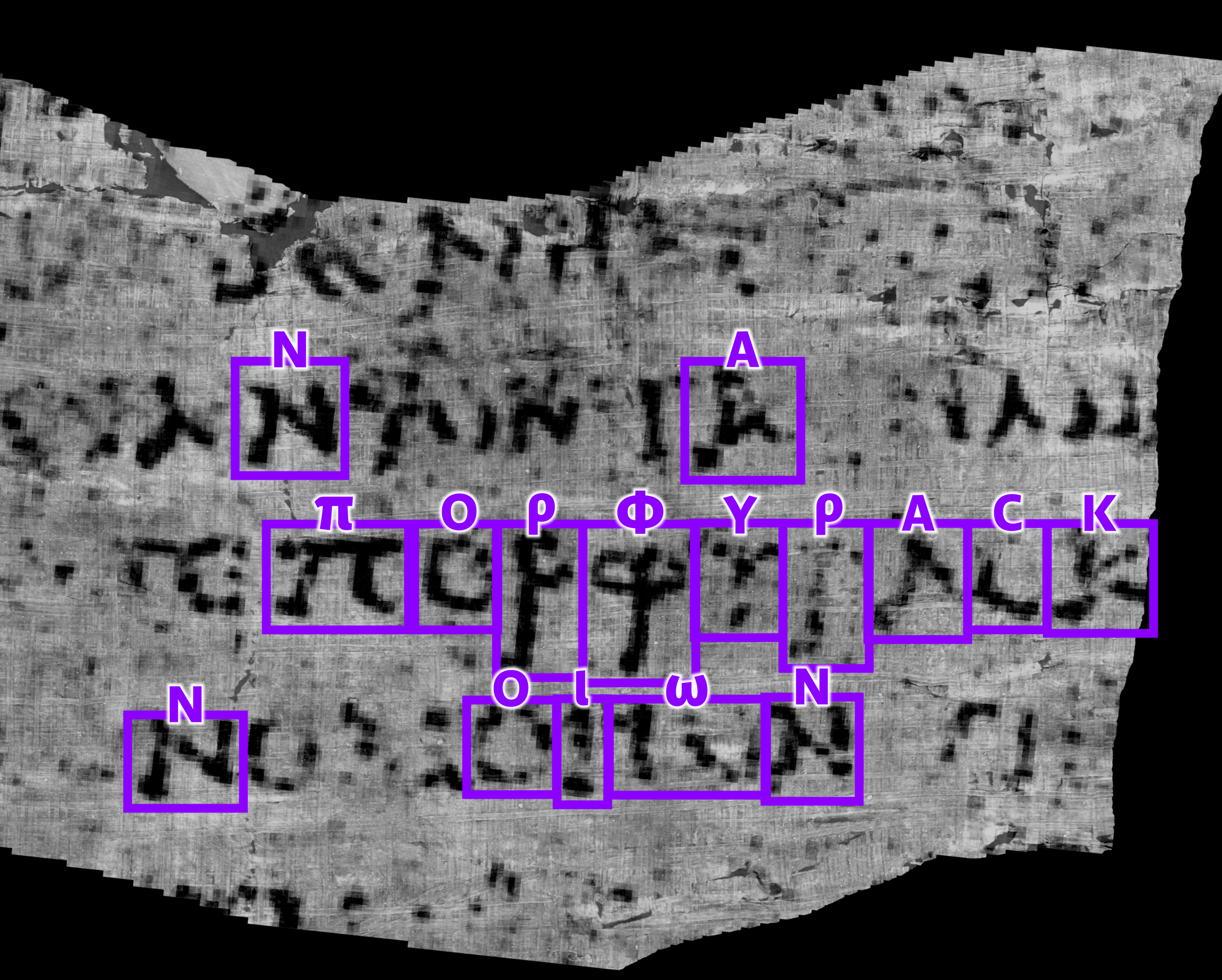
Not long after Luke’s triumph, another contestant, Youssef Nader, a data science graduate student at the Free University of Berlin in Germany, independently unravelled the same word in the same area but achieved more precise results.
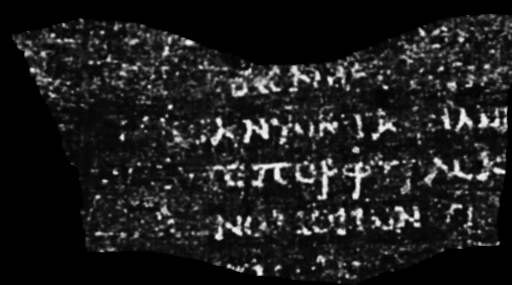
These breakthroughs were inspired by contestant Casey Handmer, who was the first to provide compelling evidence of ink within the unopened scrolls. The challenge lay in distinguishing the ancient ink used by Herculaneum scribes, composed of charcoal and water, from the carbonised papyrus. Unlike many old inks laden with metals, this subtle ink posed a unique challenge, blending seamlessly with the charred layers of history.
Conclusion
In conclusion, the Vesuvius Challenge isn’t just a competition; it’s a chance to bring the past to life in a new way. Once silent witnesses to history, the scrolls now reveal their secrets to a new generation, one algorithm at a time.
In this unique blend of past and present, the Vesuvius Challenge has not only opened a window into the treasures of ancient civilisations but has also demonstrated the potential of human ingenuity in the face of historical enigmas. And has once again reiterated that the future is undeniably AI-driven, pointing towards an era where the echoes of the past are seamlessly unveiled through the lens of cutting-edge technology.











